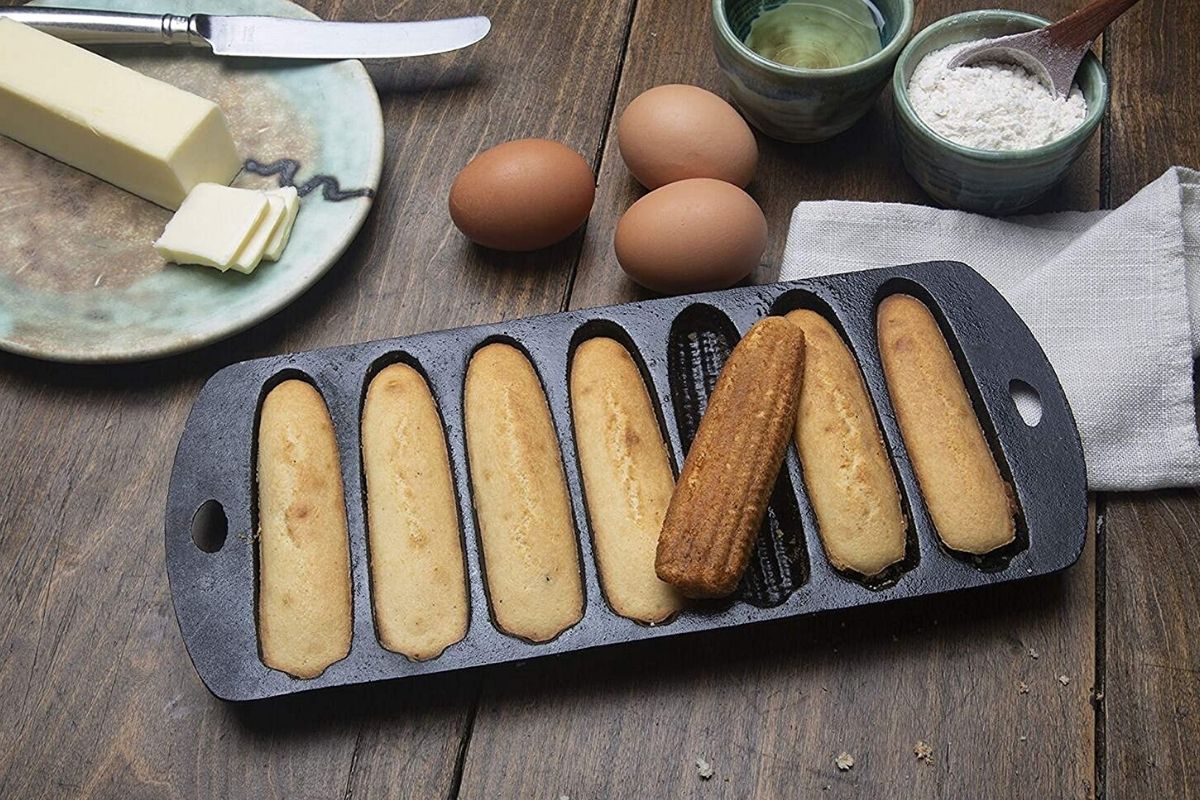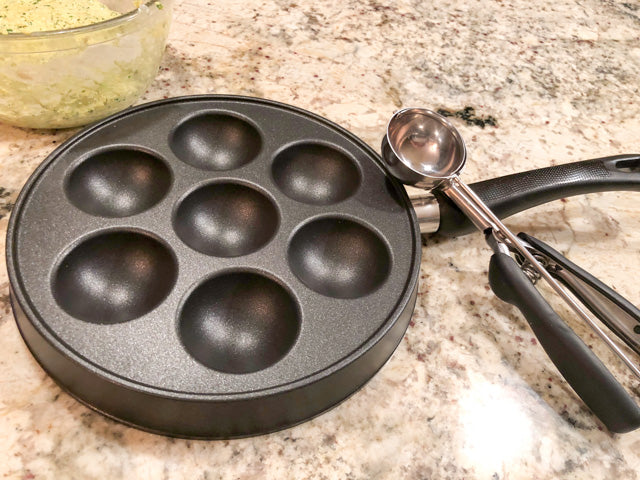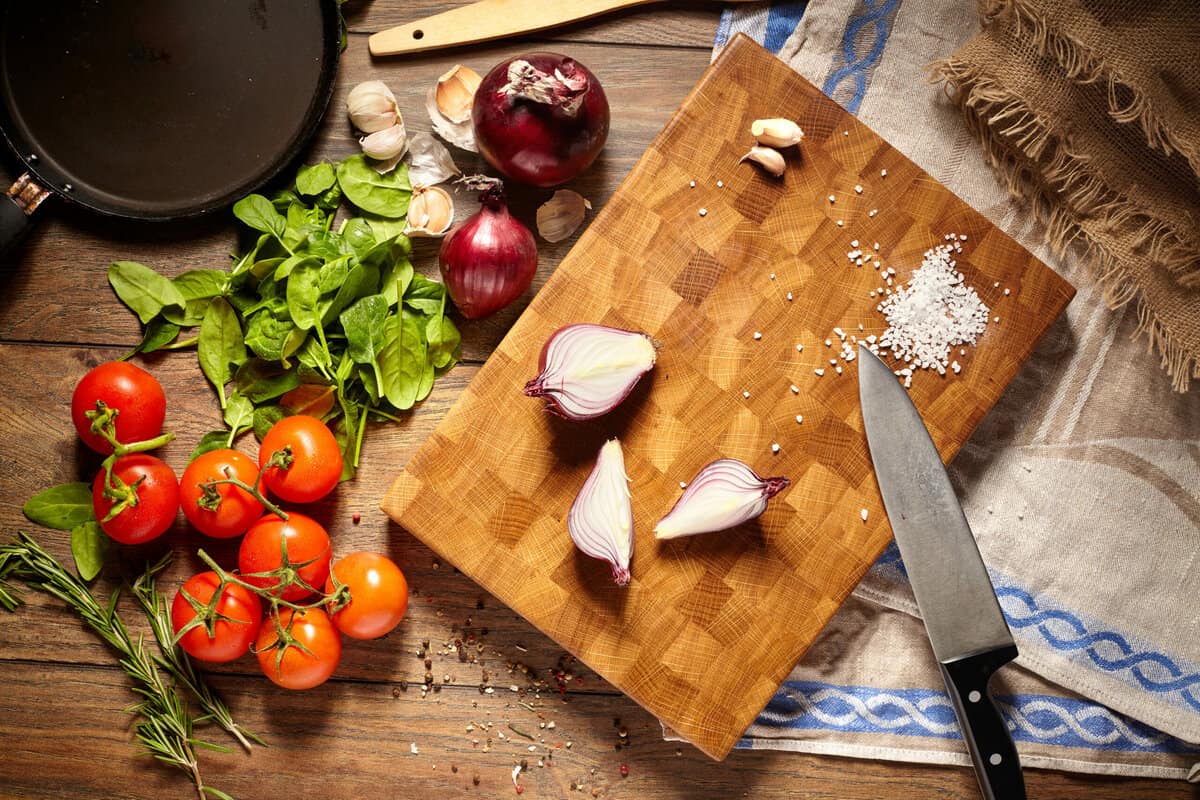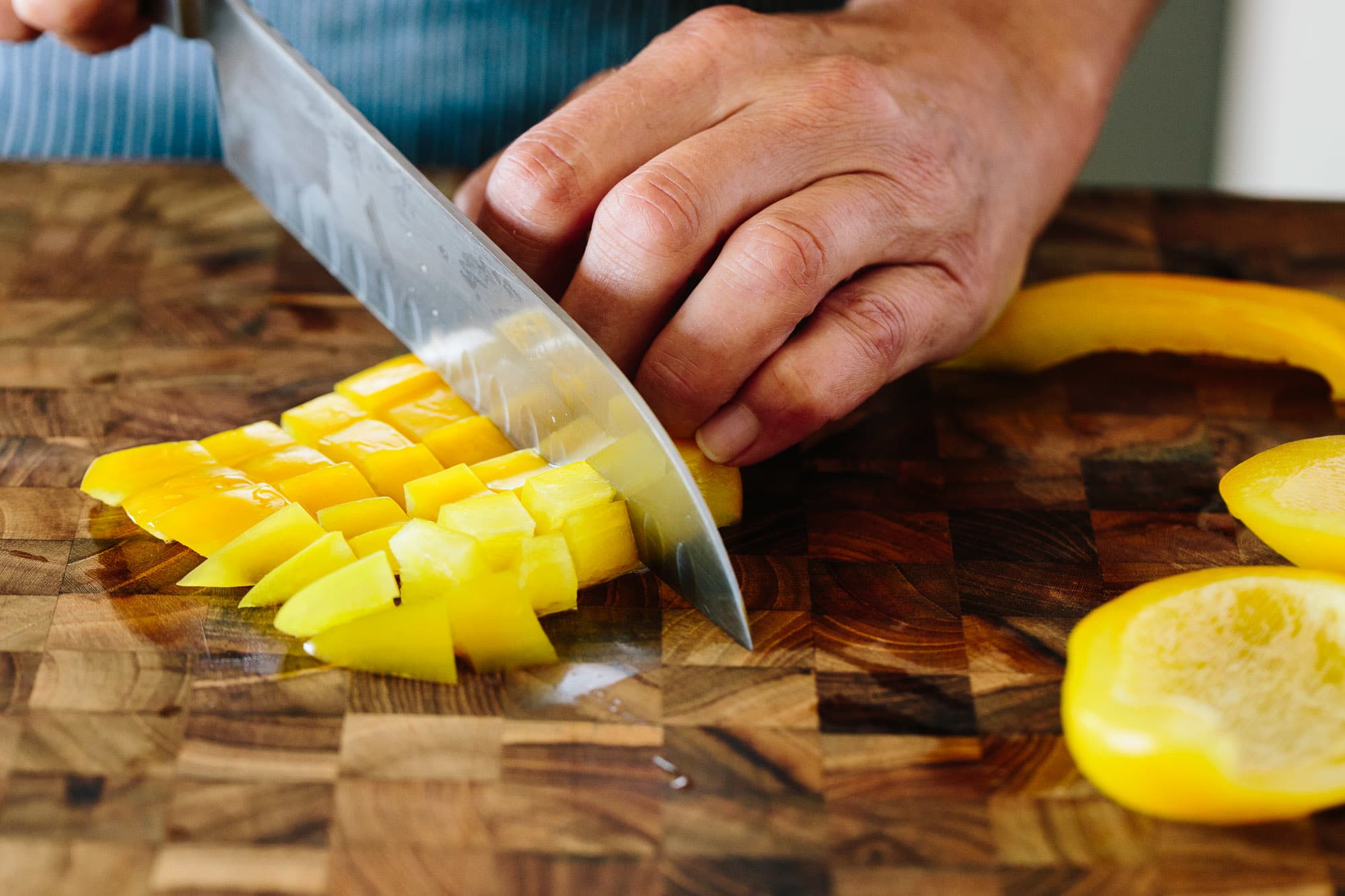In the world of culinary arts, traditional cooking tools and methods hold a special place, revered for their unique contributions to gastronomy. One such gem emanates from Denmark, a nation steeped in rich culinary history. Today, kitchen professionals and enthusiasts alike continue to be enamored by the fascinating history of the Aebleskiver pan and Danish pancakes, uncovering the evolution of these delectable treats and the distinctive pan used to craft them.

The Aebleskiver: A Symbol of Danish Heritage
Aebleskiver, translating to 'apple slices' in English, is a traditional Danish pancake beloved for its spherical shape and fluffy texture. However, despite its name, apples are not a mandatory ingredient in modern recipes. Originating over a century ago, Aebleskivers were commonly enjoyed during festive gatherings and holiday celebrations, symbolizing warmth and togetherness in Danish households.
The Evolution of Aebleskiver Pans
The creation of Aebleskivers is inseparable from the unique pan used to cook them. The Aebleskiver pan, characterized by its spherical molds, has evolved significantly over the years. Initially crafted from cast iron, these pans offered even heat distribution, ensuring consistently cooked, fluffy pancakes. The emergence of modern materials like non-stick and ceramic pans allowed for greater ease of cooking and cleaning, making this delightful dish accessible to a broader audience.
From Hearth to Modern Kitchen
The journey of the Aebleskiver pan from traditional hearths to contemporary kitchens is a testament to its enduring appeal. As kitchen technology advanced, chefs found innovative ways to incorporate it into various cuisines. The Aebleskiver pan holds a crucial role in Scandinavian culinary history and serves as an inspiration for modern culinary adaptations. Its popularity in specialty restaurants and home kitchens worldwide underscores its timelessness.
Techniques to Master the Aebleskiver
For kitchen professionals, mastering the art of making Aebleskivers involves understanding the nuances of batter consistency, heat control, and flipping techniques. The ideal batter achieves a delicate balance between fluffiness and structure, while maintaining a careful eye on heat levels ensures a perfectly golden exterior. The key to success lies in flipping them at the right moment, often using a knitting needle or skewer, to maintain their characteristic spherical shape.
The Rise of Danish Pancakes in International Cuisine
In recent years, Danish pancakes have gained international acclaim, appearing on menus in various forms. Chefs are experimenting with Aebleskiver variations, incorporating diverse flavors and fillings to cater to diverse palates. From savory cheese and herb-stuffed pancakes to sweet chocolate and fruit-filled renditions, the versatility of Aebleskivers allows for endless creativity in the kitchen.
For those interested in exploring more about Danish cuisine and its global influence, this Wikipedia page offers an in-depth introduction to Aebleskivers.
Additionally, a comparative examination of cooking tools, such as the differences between the Aebleskiver pan and Takoyaki pan, reveals the evolution of culinary techniques and the adaptability of traditional methods to modern cuisines.
- Cooking Pancakes on Cast Iron
- Grilling with Cast Iron
- Cooking with Cast Iron on Glass Stove
- Pie Iron Usage

Conclusion: Embracing Tradition in Modern Cuisine
The history of the Aebleskiver pan and Danish pancakes is a captivating tale of tradition meeting innovation. As kitchen professionals continue to embrace these classic tools and recipes, they pay homage to a culinary legacy that transcends time and borders. By mastering the art of Aebleskiver-making, todays chefs preserve a piece of Scandinavian culture while inspiring future generations of culinary artistry.
FAQs: Aebleskiver Mastery
- What is the origin of Aebleskivers? Aebleskivers originated in Denmark and were traditionally made as a festive treat during holidays and gatherings.
- What materials are Aebleskiver pans made of? Traditional Aebleskiver pans are made of cast iron, but modern versions also feature non-stick and ceramic materials.
- How can I perfect the art of making Aebleskivers? Achieving Aebleskiver perfection requires mastering batter consistency, heat control, and flipping technique.
This article contains affiliate links. We may earn a commission at no extra cost to you.






Leave a comment
This site is protected by hCaptcha and the hCaptcha Privacy Policy and Terms of Service apply.